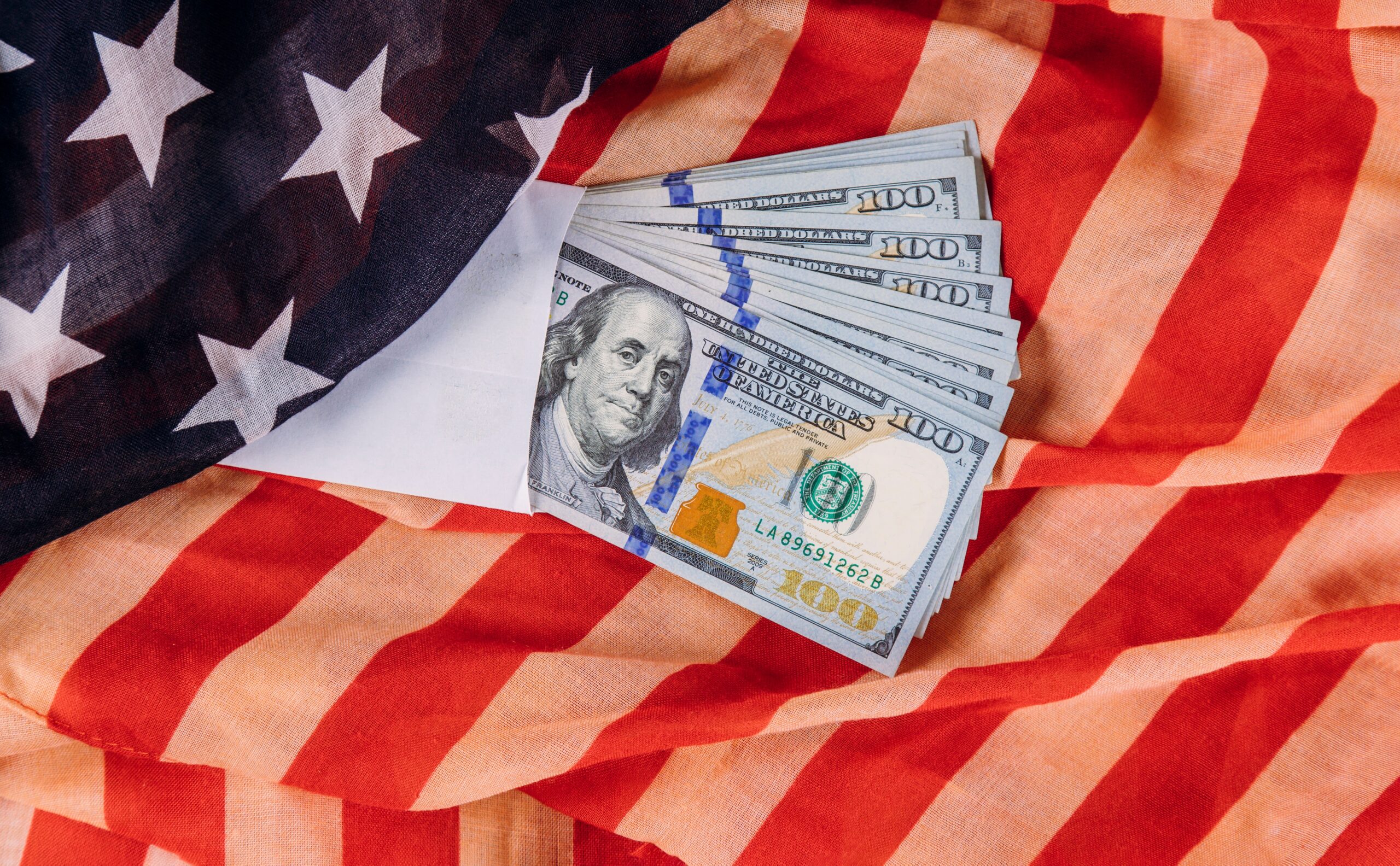The odds of a US hard landing are on the rise, according to Campbell Harvey of Research Affiliates. The Federal Reserve’s persistent battle against inflation through interest-rate increases has heightened the risk of a recession. The central bank’s decision to raise its benchmark rate in May has further amplified the likelihood of a hard-landing recession. As the Federal Reserve convenes for its next policy meeting, the trajectory of interest rates will be crucial in addressing inflationary pressures.
Expert Warns of Impending US Hard Landing as Federal Reserve Stays on Course with Rate Hikes
Harvey’s perspective on a soft versus hard landing has evolved, as he previously believed that the U.S. economy could avoid a hard landing despite indicators signaling an impending recession. However, the actions of the Federal Reserve have played a significant role in shaping the economic landscape. An inverted yield curve, often regarded as a reliable recession indicator, has introduced two causal channels to a potential recession.
The first channel involves the self-fulfilling prophecy of the yield curve’s track record as a recessionary signal. Companies and consumers tend to save more and postpone investments when faced with such indications, resulting in slower growth. If the Federal Reserve had halted rate hikes earlier this year, this channel might have led to a soft landing or even prevented a recession altogether.
The second channel relates to the stress placed on the U.S. banking and financial systems by the magnitude of the yield curve inversion. A positively sloped yield curve is favorable for bank health, as it allows banks to earn higher interest rates on their loans and investments. However, aggressive rate hikes by the Federal Reserve have disrupted this balance, leaving banks with a mismatch in their assets and liabilities. Banks now grapple with longer-duration bonds and loans that generate low interest rates, while market rates for customer deposits are significantly higher.
Harvey points out that the worst kind of inversion occurs when both short-term and long-term rates increase simultaneously, which has been the case recently. Unloading longer-duration bonds to fulfill customer withdrawal demands becomes problematic when the securities are trading at discounted values due to rising rates. This scenario translates into losses for banks.
Click here to check the US Dollar Index
The Federal Reserve’s refusal to pause rate hikes in the first few months of the year has set the stage for a potential hard landing. Regulatory oversight and stress tests failed to identify and adequately assess the duration risk that impacted some banks. The recent failures of Silicon Valley Bank and other large banks have placed the Federal Reserve in a difficult situation. Pausing rate hikes might signal a fragile banking system, potentially causing panic, while another hike would intensify stress on the financial system.
To alleviate uncertainty surrounding the extent of damage in the financial system, Harvey suggests that the Federal Reserve should provide a data-driven analysis of bank risks. The commercial real estate sector is also considered vulnerable and could become the next source of stress in the economy. Although a rate hike in June seems unlikely, the pause comes six months too late, and it is widely expected that the Federal Reserve will resume hikes later in the summer.
With inflation declining from its peak, further rate hikes would be detrimental to the U.S. economy, as their effects are often delayed. It is believed that the Federal Reserve has already overshot its target, and additional hikes would be akin to a self-inflicted wound. The path ahead remains uncertain, and the Federal Reserve’s decisions will play a crucial role in determining whether the U.S. faces a hard landing or manages to navigate through the challenges successfully.
Conclusion
In conclusion, the likelihood of a hard landing in the U.S. is increasing as the Federal Reserve persists with rate hikes to combat inflation. Campbell Harvey of Research Affiliates warns that the decision to raise interest rates, coupled with an inverted yield curve, heightens the risk of a recession. The implications for the financial system, particularly the stress placed on banks, are significant. Regulatory oversight and stress tests have failed to adequately assess duration risk, leaving the Fed in a challenging position. As the U.S. economy faces uncertainty, the Federal Reserve’s future decisions regarding rate hikes will be pivotal in determining the outcome and whether a hard landing can be averted.

